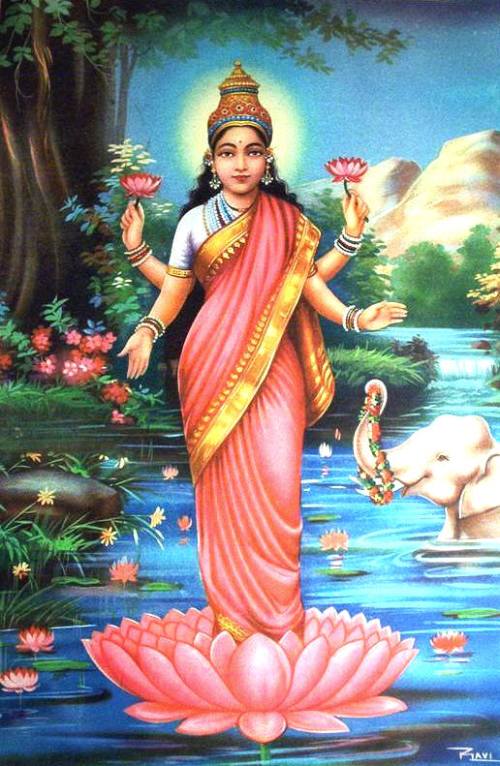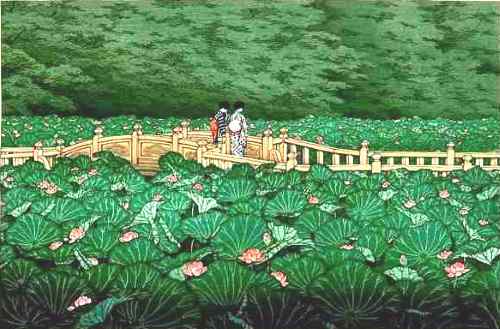lotus
The lotus is a perennial herb, which is often cultivated for horticulture, food or religion purpose. It has large umbrella shaped leaves and stalked sweet-scented flowers. This is a beautiful waterplant with its fragrant pink or white flowers. Lotus grows by producing long creeping rhizomes. The flowers are considered symbols of prestine beauty, since the exquisite blossoms grow on long thin stalks high above the muddy water, clean and untouched by the muddy pools from which they rise.

The lotus flower is large and contains a warm cone, filled with seeds. The cone inside the large flower of the Lotus feels warm.
lotus flower
The lotus flower is bowl shaped and nectarless. The flower closes at night. The petals then surround a large chamber filled with by petals and a large number of stamens. The flower spread a nice fragrance. The chamber contains a large conical receptacle, This receptacle can by self-heating produce a relatively favourable temperature between 30 and 37 degrees Celcius.
pollunation of the lotus
This homoeothermic flower has been considered as a warm night shelter for beetles. Four types of insects are attracted by the sacred lotus: bees, flies, thrips and beetles. They all four can pollinate the flower, but the bees are less effectiv. They are all attracted by the intense odour when pollen production is at the largest level.
lotus spreading its seeds
Lotus spreads its seeds by bending to the water. The nuts fall out into the water.

Lotus in the hands of goddess Lakshmi, the goddess of abundance.
the sacred lotus in buddhism
The stalked sweet-scented flowers are presented as temple offerings in India and china. The flowers are looked upon as a symbol of Bhuddha.
lotus as a symbole
The lotus grows into muddy water, but the flower and leaves remains free of the mud, growing and flowering above it. The lotus rise out of the mud, and remains free of it. The spirit should also be kept free of mud, that represents the suffering of the people. The closed lotus flower represents the time before a Buddhist follower found Buddha or enlightenment. A flowering lotus represents full enlightenment and self-awareness.
lotus extract
The extracts of rhizomes, seeds, flowers and leaves are said to have a therapeutic potential. There has been done some research for the treatment of diabetes by Nelumbo nucifera flower extract, with good results.

lotus effect: water on the leaves.
The water droplets behave like quicksilver droplets, reflecting the light as if it were jewels.
Lotus effect
The lotus effect is a combination of two effects creating a very high water repellence or superhydrophobicity. These effects are a highly hydrophobic surface combined with nano-elevations on that surface. This combination minimizes the droplet's adhesion to that surface (red).

Lotus effect by a combination of hydrophobic surface and a nano-seized elevations. The waterdroplet that is formed by that combination is almost round and is lifted from the underground , this called a Cassie-state. Waterdroplets in a Cassie state collect dust particles: this is the so called self-cleaning properties of the leaves of the plant. More important: water droplets in the Cassie-state easely fall of the leave, so the leaves are not damaged by a tropical storm. The Lotus-effect can be seen on some not-related plants:
lotus
Tropaeolum (nasturtium)
Opuntia (prickly pear)
Alchemilla
Kale or borecole

Lotus pond by Husui Kawase.
Hasui Kawase
Hasui Kawase (1883-1957), was a Japanese painter,
mainly known as a Japanese woodblock printmaker. There are more then 600 of these woodprints left:
On this website you will find:
sacred lotus pond
fishing with the Great cormorant
